The celebrated Mr. K highlights works that can make you a better storyteller — with or without pictures…
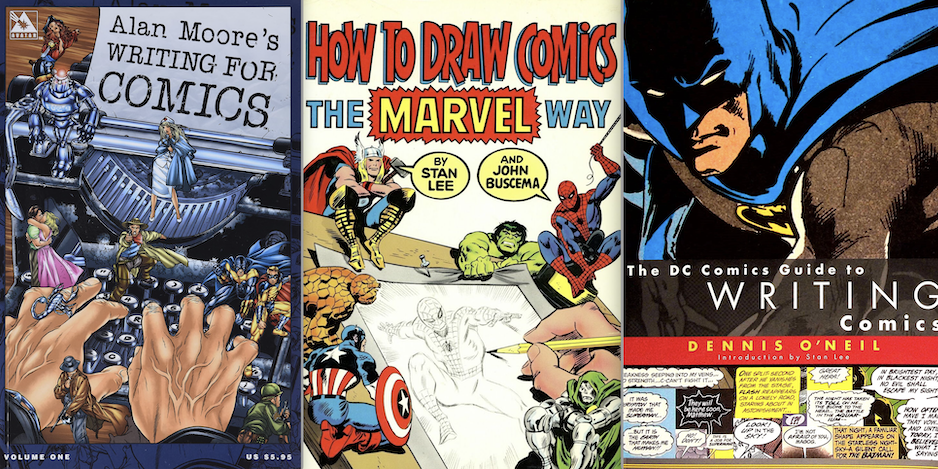
—
UPDATED 9/12/24: Time to dig deep into the cavernous 13th Dimension vaults! Every so often I like to reprint a story that was popular the first time around, just for the hell of it. This is one of those, from December 2021. Dig it. — Dan
—
By PAUL KUPPERBERG
How-to books have been around a long time. One might even argue that the very first book to come off Guttenberg’s printing press in 1455 was a how-to book, the handbook for living, the Bible. These days, you can find how-to books and DIY videos on everything. Don’t know how to hang a door in its frame? There’s a book and/or video for it. I recently needed to do something technically fiddly with my phone a few weeks ago so I found a how-to video on YouTube and Bob’s your uncle.
I don’t, as a rule, read a lot of how-to books (and never self-help books; the only self being helped is the one who gets you to buy their tripe), but I am a sucker for a good how-to book on writing. Comic books, sure, but just books on the craft of writing itself, regardless of genre or format. Storytelling is storytelling, whether it’s presented on the stage or screen or on the page, with or without accompanying pictures.
I discovered it takes a lot of nerve to write a how-to book. You’re proclaiming yourself an expert in the field, shushing the room so you can tell everybody else how it’s done. A lot of people had to assure me that all things considered—time served in the job, number of stories written, added experience of 16 years on the editorial side of the desk—I was an expert.
Once I got over that hesitation, the result was Paul Kupperberg’s Illustrated Guide to Writing Comics (Charlton Neo Press, 2020), a step-by-step guide to creating characters, building worlds, and writing a comic-book script.
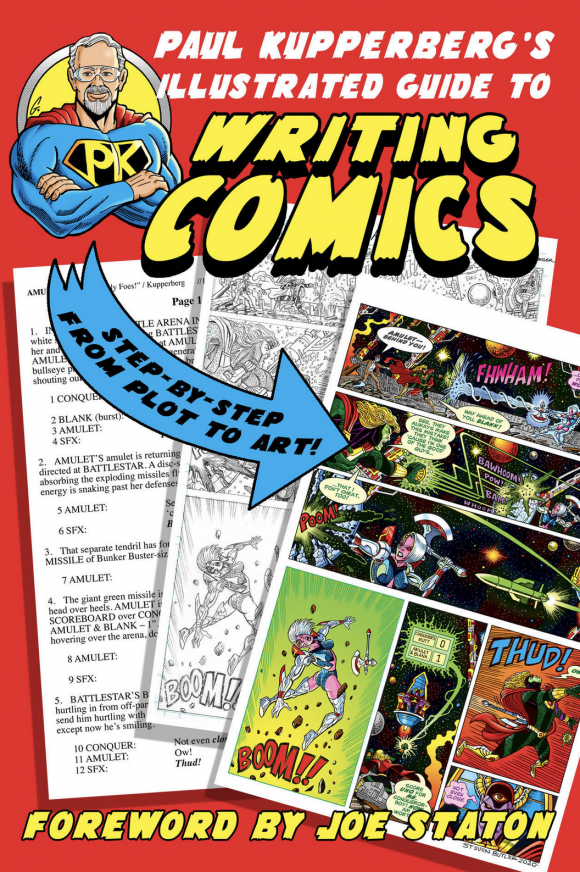
I guess the monster was out of the box, because around the same time, Kirk Chritton approached me about reprinting some columns I’d once written for his website, ComicsCareer.com, and several other essays on the business of writing and creativity. He published them as I Never Write for the Money, But I Always Turn in the Manuscript for a Check.
And, while we’re on the subject of instructive tomes, my choices below include one book that reprints comic book scripts by several top writers, much as I’ve done (minus the top writers) in two volumes, The Unpublished Comic Book Scripts of Paul Kupperberg and Son of the Unpublished Comic Book Scripts of Paul Kupperberg.

And speaking of “top writers,” in my research, I came across a veritable stack of how-to write-comics books by writers whose names I don’t recognize from mainstream comics. That’s not to say they don’t know what they’re talking about and don’t offer pearls of wisdom—the few I bothered to research showed mostly credits in small press indie publishing—but for our purposes here, I’m sticking with the experts most of us are familiar with, the writers who have done the job and know what they’re talking about.
Here then, MY 13 FAVORITE BOOKS ON MAKING COMICS (actually 17 books, and not all about comics… I snuck in a few extras. Don’t tell Greenfield!):
—
The Comic Book Guide for the Artist • Writer • Letterer (Charlton Comics, 1973). Best subscription offer giveaway ever! This little five-inch-by-seven-inch black and white pamphlet was the very first straight-up how-to book on I writing I ever read, written by Charlton Comics editor (and writer, co-creator of E-Man with Joe Staton) Nicolas Cuti. It’s less a how-to do the jobs mentioned in the title than it is a survey of the jobs themselves and the tools required to do them. Two years after subscribing to one of Charlton’s horror titles just to get a copy of The Comic Book Guide for the Artist • Writer • Letterer, I made my first professional sale to its author, the editor at Charlton Comics. These days, the Guide is more interesting as an artifact of the way comics used to be produced before computers (Ames lettering guides, lettering nibs, and rubber cement anyone?), and was reprinted in 2017 by Charlton Neo Comics for the collector and the curious.
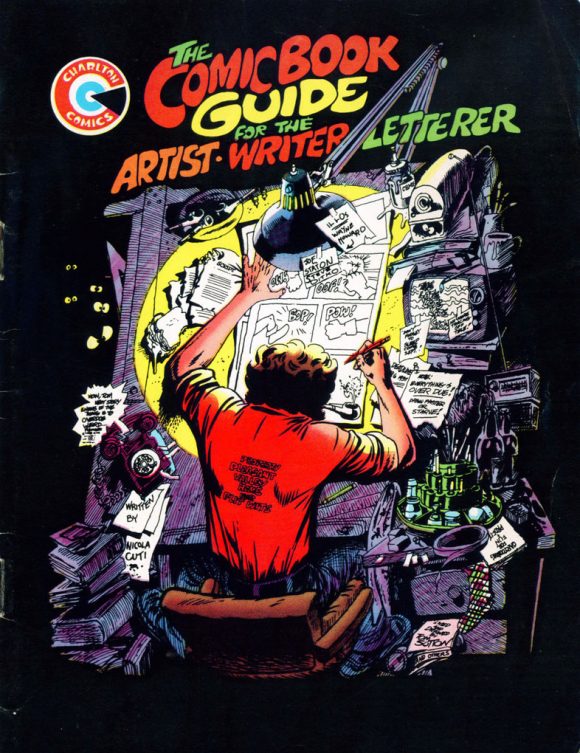
—
The DC Comics Guide to Writing Comics (Watson-Guptill, 2001). Denny O’Neil was one of the best scribes ever in comics, a thinking writer who looked at his craft, dissected his efforts, learned from his mistakes, and shaped sharp, crisp prose that seemed too simple to crackle but did. His writing said what it meant, and never told you what that was. Instead, he trusted his readers to follow along and figure it out. This is how he went about doing it.
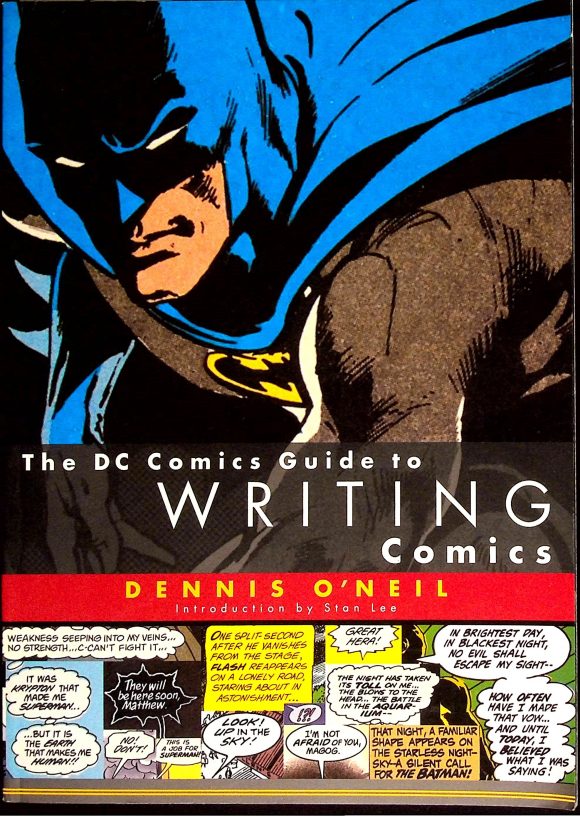
—
How to Draw Comics the Marvel Way (Fireside Book, 1978). It’s impossible to write about books on creating comics without including the classic How to Draw Comics the Marvel Way by Stan Lee and John Buscema. As the title indicates, the focus here is on the art side of storytelling, but I’ve always been of the belief that the writer needs to understand what the artist does in order to best be able to write for them, and there are few better graphic storytellers than John Buscema to explain it in a way that even non-artists like myself can get.
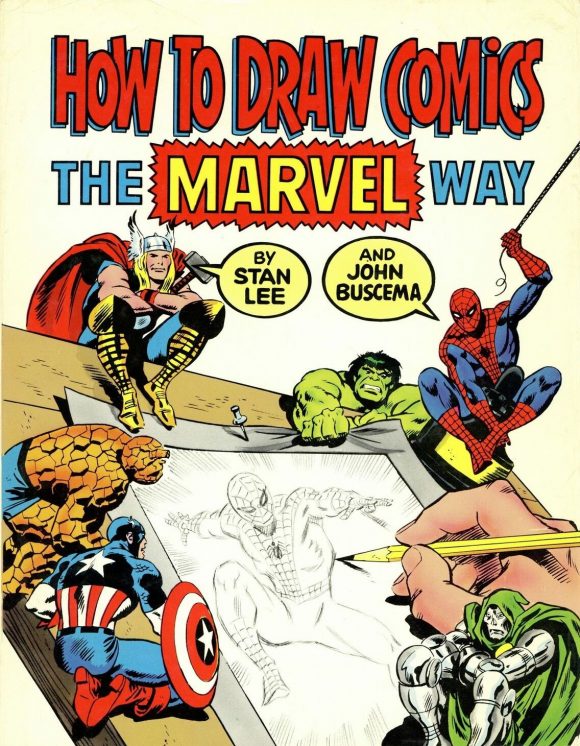
—
Stan Lee’s How to Write Comics (Watson-Guptill, 2011). In his heyday, Stan Lee could make a story out of anything. He had to; in the 1950s, he was the primary writer for a line of mostly anthology titles in various genres, from humor to horror. Telling stories was as reflexive as breathing for Stan, and while Stan Lee’s How to Write Comics was ghostwritten (I know one of the ghostwriters), it was done so from an outline by and in consultation with “the Man.”
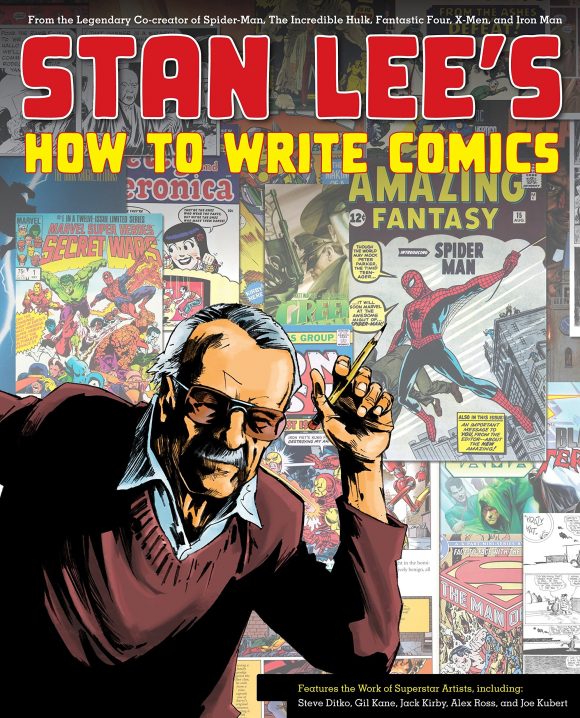
—
Making Comics: Storytelling Secrets of Comics, Manga and Graphic Novels (William Morrow, 2006). I can’t think of anyone who has taken a more microscopic look at the art and science of creating comics as Scott McCloud, creator of the award-winning Zot! His Understanding Comics books examine everything on the page, from speed lines to the role of panel borders in storytelling, and Making Comics focuses on how all these elements add up to tell your story in comics form.
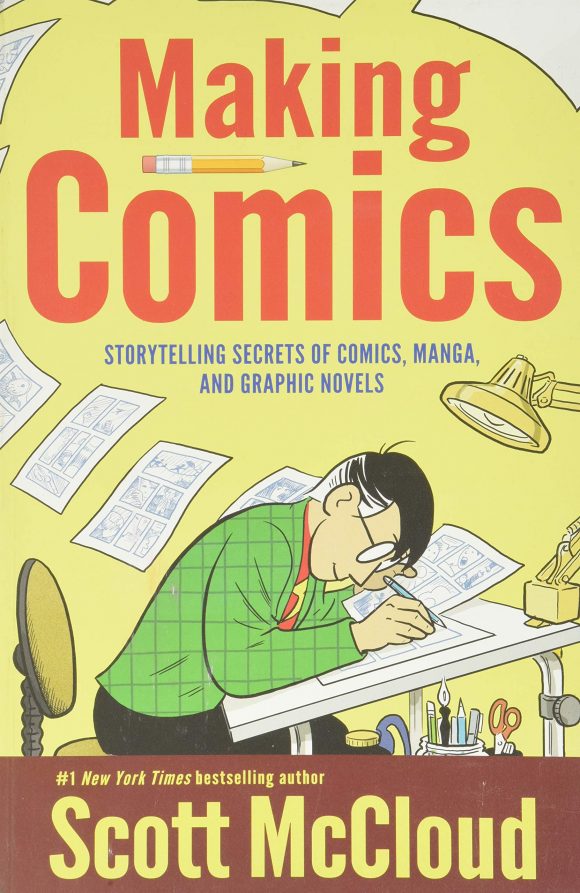
—
Words for Pictures: The Art and Business of Writing Comics and Graphic Novels (Watson-Guptill, 2014). Advice from one of the most successful writers of the last decade, Brian Michael Bendis? Sure, I’ll take that. The award-winning writer of Powers, Jinx, Goldfish, and the Ultimate Marvel universe walks you through his personal process.
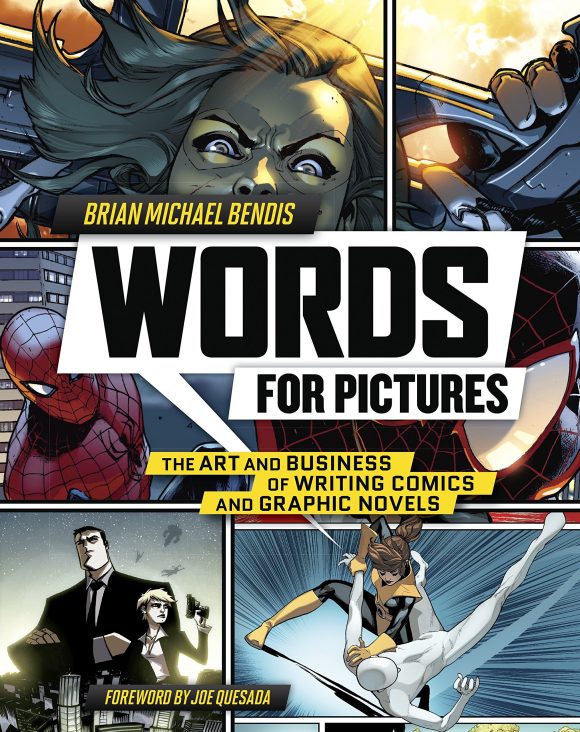
—
Panel One: Comic Book Scripts by Top Writers (About Comics, 2002). Last year, I was hired to write a screenplay, the first I had ever attempted. Rather than make myself crazy reading a bunch of how-to screenwriting books full of rules and jargon, I instead read screenplays. I already had a bunch on the shelf, screenplays and TV scripts by favorite writers like William Goldman, Pete Hamill and Aaron Sorkin. I was already well-versed in the three-act structure from writing more than a thousand comic-book stories and watching a lifetime of movies with a critical eye. That’s the idea behind editor Nat Gertler’s collection of scripts by the likes of Neil Gaiman, Marv Wolfman, Greg Rucka, Dwayne McDuffie, and others.
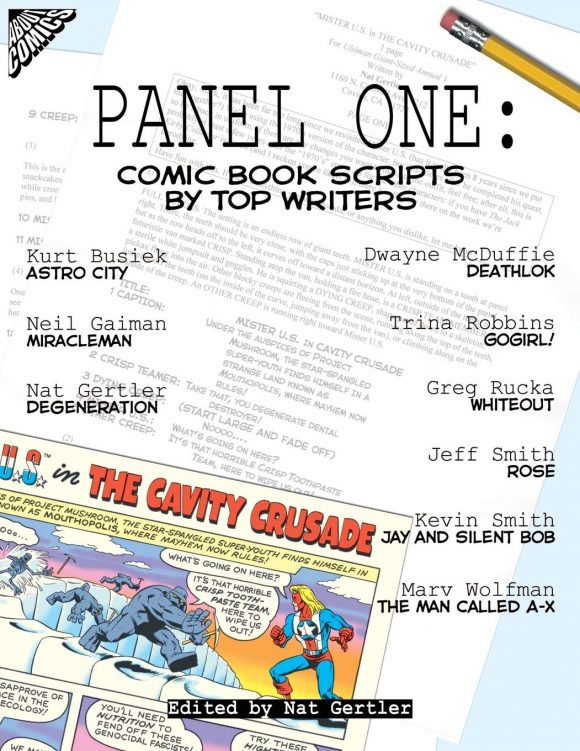
—
Alan Moore’s Writing for Comics (Avatar Press, 2002). You have to ask?
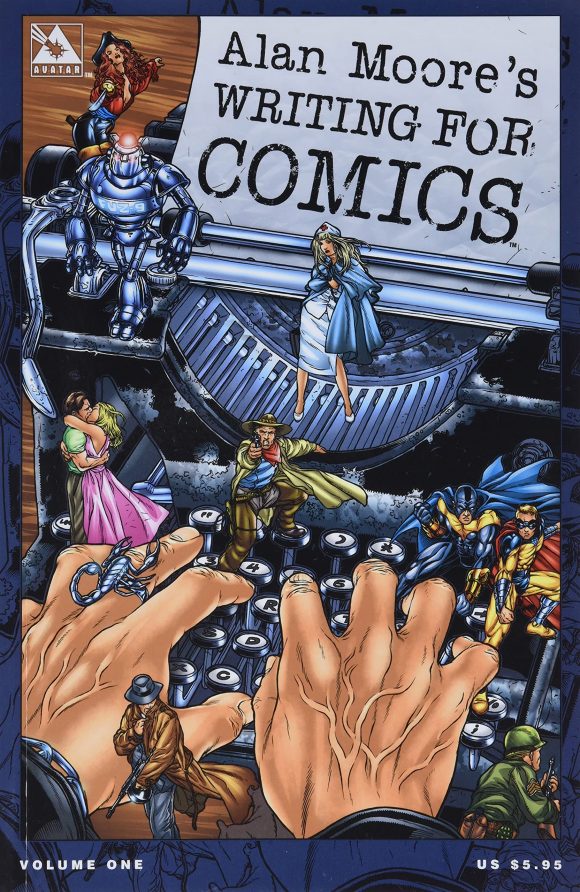
—
Writing Down to the Bones (Harper & Row, 1989). Here’s where we diverge from books specifically about writing comics to writing in general, and Natalie Goldberg’s Writing Down to the Bones is one of the best—and only barely edged out Annie Lamont’s Bird by Bird (Pantheon Books, 1994). Writing isn’t just a job, it’s a state of mind, and understanding your state of mind as a writer is an important step in how and what you write.
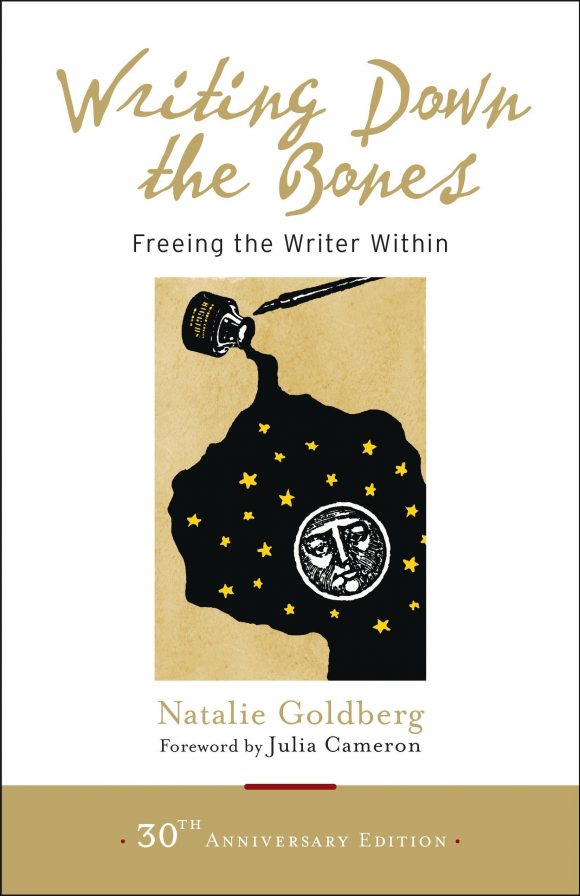
—
Adventures in the Screen Trade: A Personal View of Hollywood and Screenwriting (Warner Books, 1989); Which Lie Did I Tell? More Adventures in the Screen Trade (Random House, 2000); and The Big Picture: Who Killed Hollywood and Other Essays (Applause, 2000). I mentioned screenwriter William Goldman above and I return to him here because, quite simply, William Goldman rocked, hard, heavy, and for a long time, as a novelist and a screenwriter. For the screen, he wrote Butch Cassidy and the Sundance Kid, The Great Waldo Pepper, All the President’s Men, and Princess Bride (based on his novel). His novels (all turned into films) for Marathon Man, Heat and Magic are masterpieces of suspense and the literary mindf**k, the ability to turn a story on a grain of salt and take the reader completely by surprise. Goldman also wrote, brilliantly, about writing and the business thereof in a trilogy of books that are still must-reads for aspiring writers, screen or otherwise.

—
Telling Lies for Fun & Profit, Writing the Novel: A Manual for Fiction Writers (Quill, 1981); Writing the Novel: From Plot to Print (Writer’s Digest Books, 1985), and Spider Spin Me a Web: Lawrence Block on Writing Fiction (Writer’s Digest Books, 1988). Novelist Lawrence Block also rocks. He is the author of scores of mystery and suspense novels, where he plays with the reader’s perceptions to shock, surprise, and twist the story in ways no one ever expects. His plotting is tight and controlled (although that’s nothing a casual reader would ever pick up on; good construction like that should be invisible), his characters sharp and well defined but always entirely human. And he writes some of the best dialogue out there. For years he also wrote a column in Writer’s Digest magazine, all reprinted for other writers to feast upon in these books.
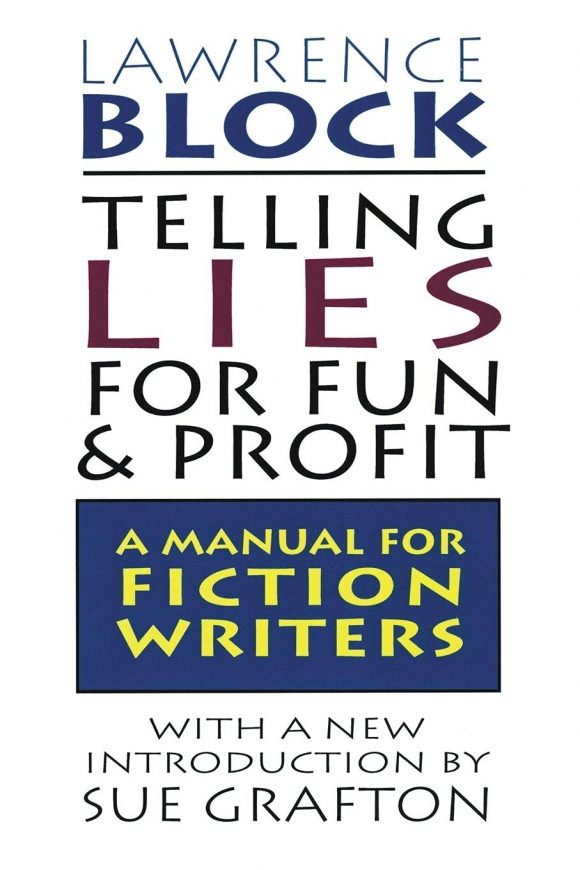
—
On Writing: A Memoir of the Craft (Hodder & Stoughton, 2012). I confess I have never been able to get through a book by Stephen King. Part of it is the genre. I don’t like horror. Part of it is his style. I know he’s a mega-bestselling author and universally admired, but as I’ve said before in many different ways, the heart wants what the heart wants. But even if I’m not a King fan, he is a mega-bestselling author who has sold millions of books and there’s plenty to be learned from him.
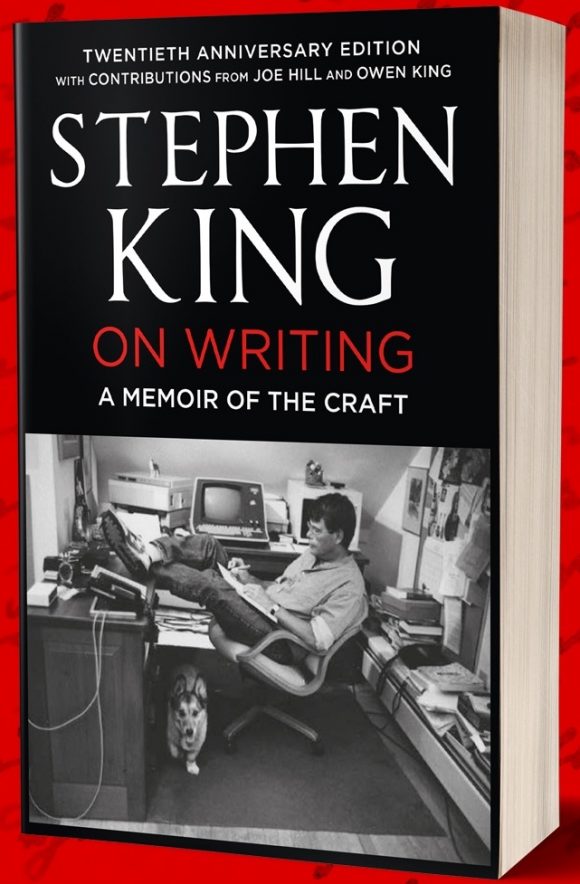
—
Zen in the Art of Writing: Essays on Creativity (Joshua Odell Editions, 1984). Ray Bradbury wrote hundreds of short stories and some of the most highly esteemed novels of speculative fiction (Fahrenheit 451, Martian Chronicles, Illustrated Man, etc.), and, over the years, essays on the art of writing and creativity. These were collected in 1984 in Zen in the Art of Writing, breezy little reminiscences explaining the hows and whys of his writing process. It’s a master class in a paperback.
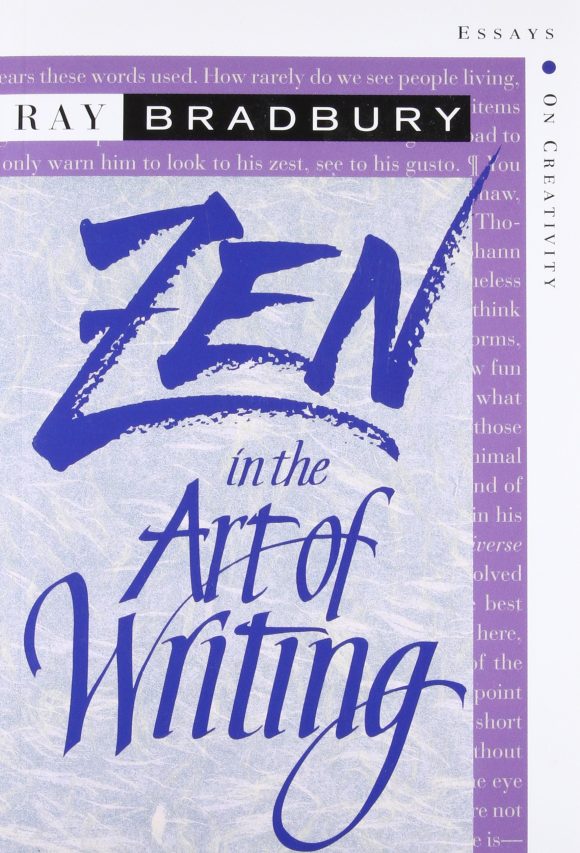
—
MORE
— PAUL KUPPERBERG: My 13 Favorite 1960s Comic Book Books. Click here.
— PAUL KUPPERBERG: My 13 Favorite COMIC BOOK NOVELS. Click here.
—
Sure, you know Paul Kupperberg as the prolific writer of over a thousand comic books for such characters and series as Superman, Aquaman, Doom Patrol, Vigilante, Life with Archie, Bart Simpson, Scooby-Doo, and dozens more for DC Comics, Archie Comics, Bongo Comics, and others, and that he is also the creator of the series Arion, Lord of Atlantis, Checkmate and Takion, and is a former editor for DC, Weekly World News, and WWE Kids Magazine. But Paul is also the author of numerous books, including the superhero novel JSA: Ragnarok and the comics industry-based murder mystery, The Same Old Story, not to mention (but we will anyway) Paul Kupperberg’s Illustrated Guide to Writing Comics, I Never Write for the Money, But I Always Turn in the Manuscript for a Check, Direct Comments: Comic Book Creators in their Own Words, The Unpublished Comic Book Scripts of Paul Kupperberg and Son of the Unpublished Comic Book Scripts of Paul Kupperberg. You can follow Paul at PaulKupperberg.com and at Crazy8Press.com.

January 18, 2024
Wow! I remember seeing (at least the cover of) the Charlton Comic Book Guide way back when!
September 12, 2024
I’m happy to know I’m not the only one who has never read a Stephen King book. I’m not into horror (the level of horror I can handle is more along the lines of DC’s mystery titles, HOUSE OF MYSTERY, HOUSE OF SECRETS, GHOSTS, etc.) and I dislike giving into the hype. The more hype there is, the less inclined I am to read/watch/listen.
September 12, 2024
I’ve never read one either. I like the classic monsters of the ’30s and up to “Abbott and Costello Meet Frankenstein” era…there about.
September 13, 2024
Great choices, and I’m especially glad to see “Writing Down the Bones” included.
One I would add that you might not be aware of is Mark Crilley’s “The Comic Book Lesson.” It’s aimed specifically at younger readers, but does a great job of illustrating the basics of making comics at the same time as being a fun comic itself.
September 13, 2024
Great article. I owned a copy of “How to Draw Comics the Marvel Way” and lost it somewhere along the way. My wife and kids got me a new copy for Christmas a couple of years ago and it’s still just as engaging and helpful as it was when I was 10. I am a fan of King, though not necessarily a fan of the horror genre (I know it seems contradictory). He has evolved over the years from strictly a horror writer to a very good author. Try out some of his non-horror stuff sometime and you might like it (The Dark Tower, The Eyes of the Dragon, The Green Mile, Fairy Tale).
September 13, 2024
I love these book lists!